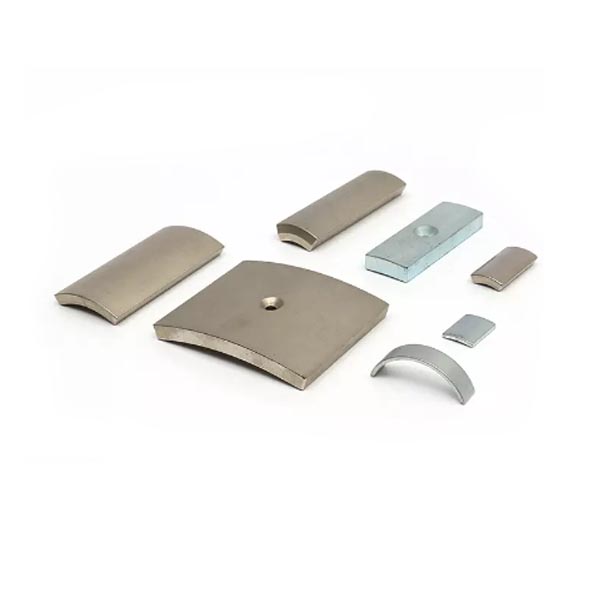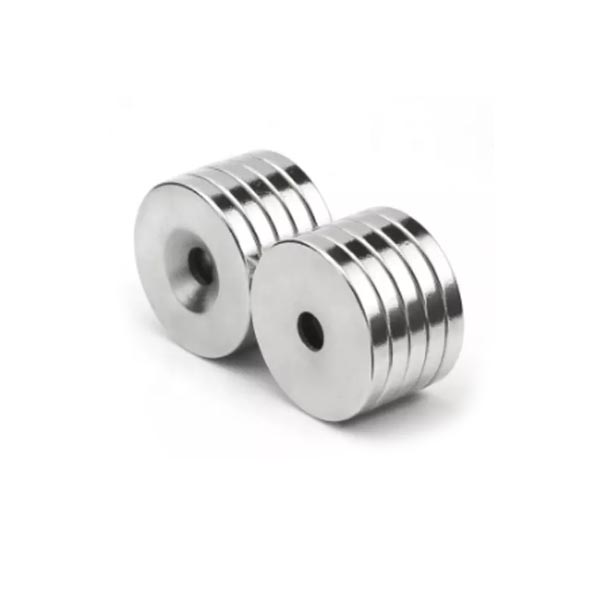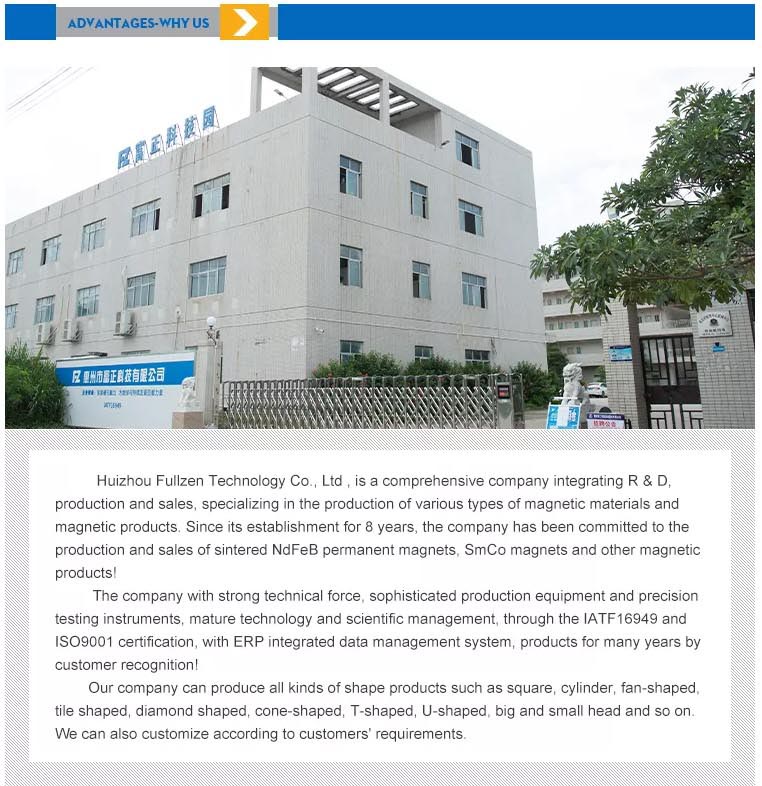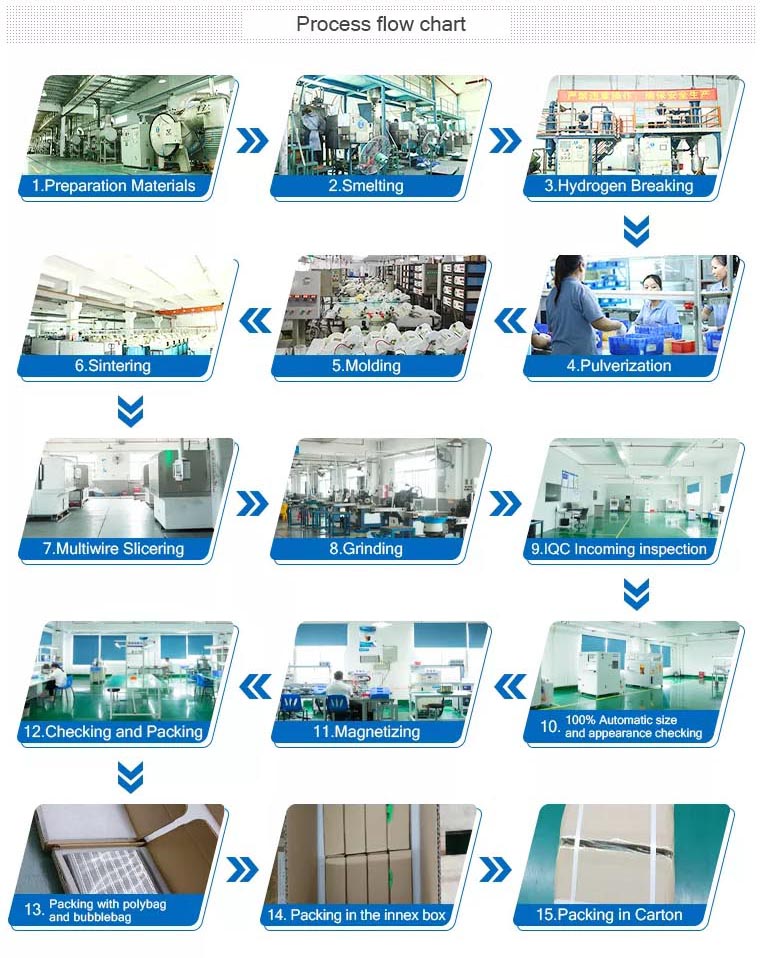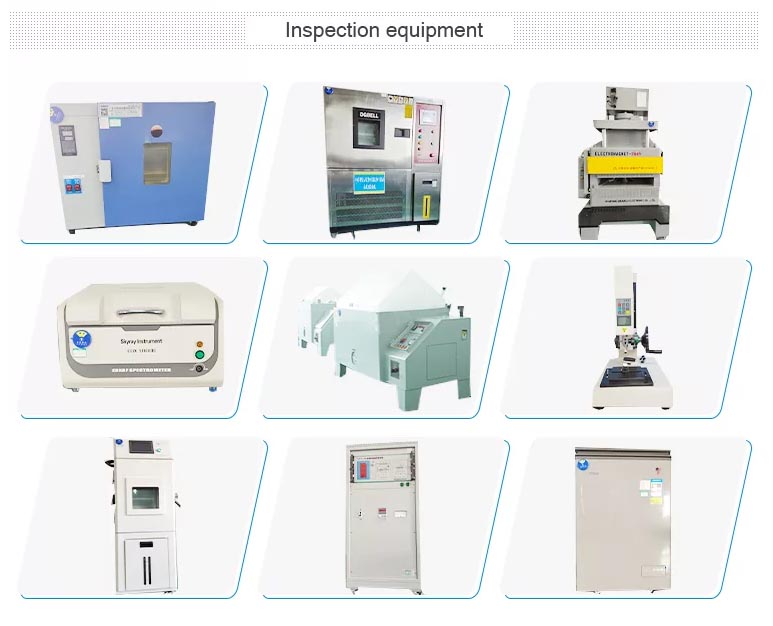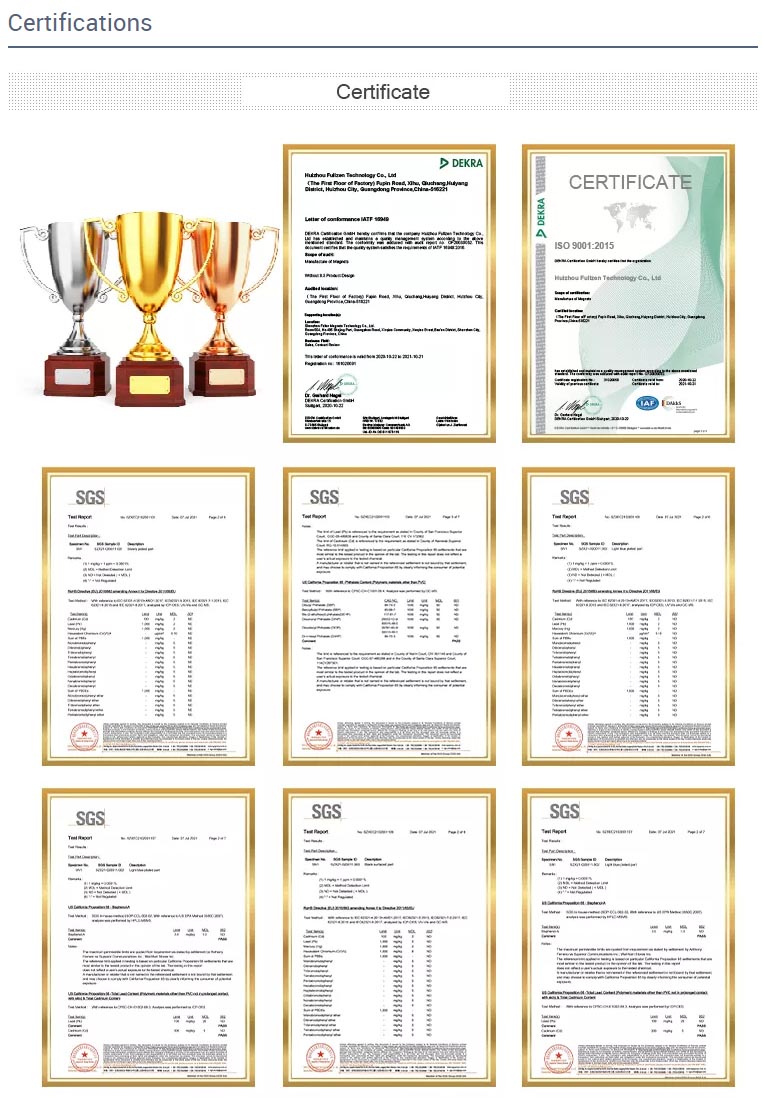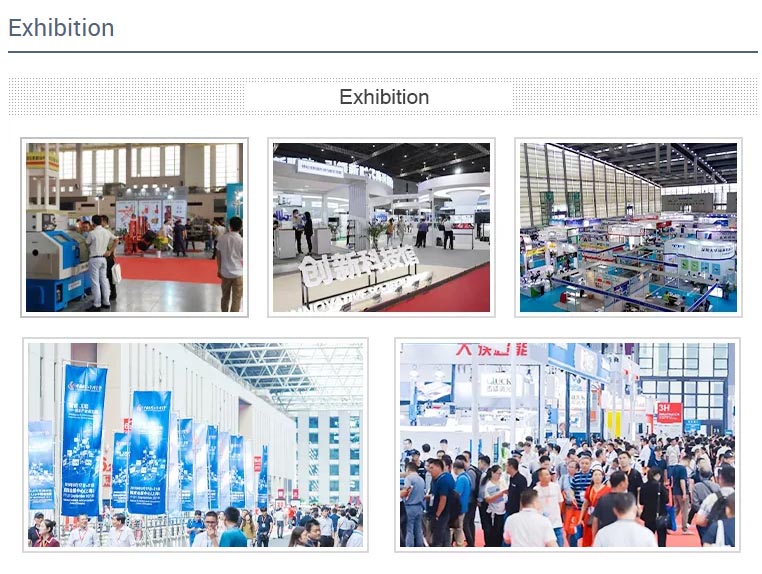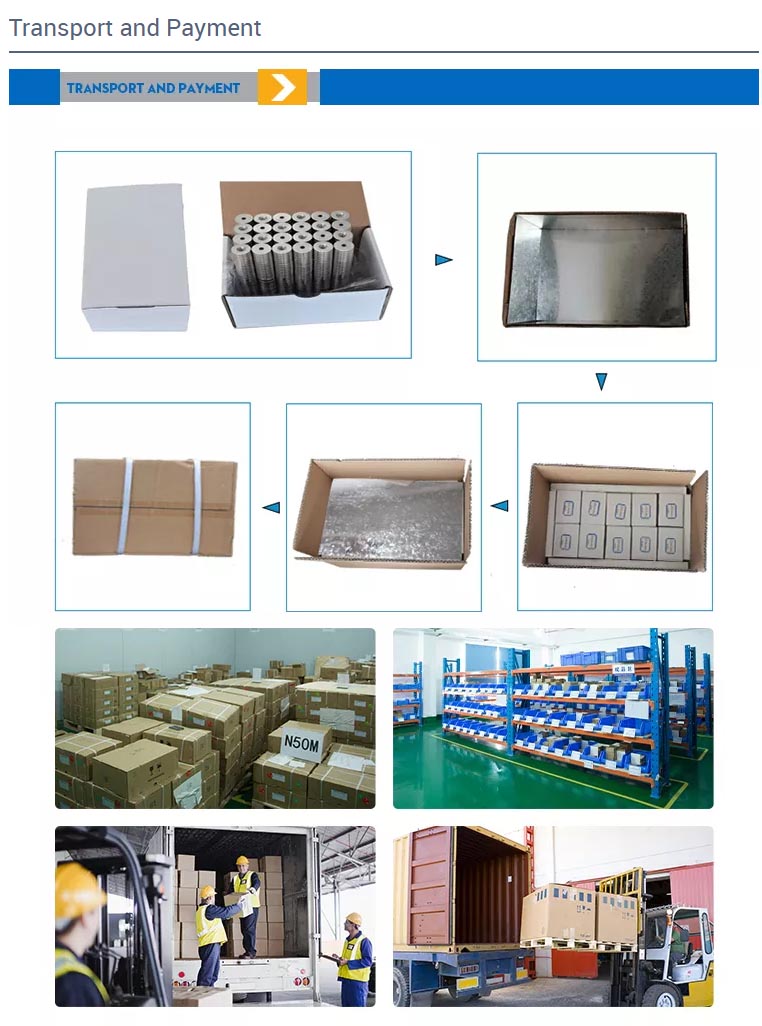Arc Neodymium Magnet Supplier | Fullzen
Short Description:
Curved neodymium magnets are a special type of rare earth magnets made of neodymium iron boron (NdFeB) alloy. These magnets are known for their strong magnetic field strength, making them the strongest type of permanent magnet available.
1. High magnetic strength: Neodymium magnets are the strongest permanent magnets available, and their arc shape allows for a concentrated magnetic field, which can be very useful in specific applications.
2. Shape and Design: Curved shapes are particularly suitable for use in motors, generators, and other equipment that require magnets to be mounted around a cylindrical component such as a rotor.
3. Applications: These magnets are commonly used in electric motors, wind turbines, magnetic couplers, sensors and other devices that require strong magnetic fields in a compact form.
4. Coating and Protection: Neodymium magnets are often coated with materials such as nickel, zinc, or epoxy to protect them from corrosion, as they can easily oxidize if exposed to moisture.
5.Temperature Sensitivity: Although neodymium magnets are powerful, they can lose their magnetism if exposed to high temperatures, so temperature considerations are critical in applications.
Arc neodymium magnets are critical for industries that require compact, high-performance magnetic components, particularly in the electronics and renewable energy sectors.
Product Detail
Company profile
Product Tags
Neodymium Arc Magnets
• Unparalleled Strength: As one of the strongest permanent magnets, the neodymium composition has high energy density, ensuring rugged and reliable performance in a compact form.
• Precise Curvature: The arc shape is tailored to maximize magnetic flux density in a circular or cylindrical component, thereby increasing the efficiency of the equipment using it.
• Durable construction: These magnets are usually coated with a protective layer such as nickel, zinc or epoxy resin, making them resistant to corrosion and abrasion, making them suitable for long-term use in a variety of environments.
• Customizable: Available in a variety of sizes, grades and magnetization directions, curved neodymium magnets can be customized to meet the specific needs of your application, whether it's a high-performance motor, sensor or other precision device.
• Temperature considerations: Although powerful, these magnets are sensitive to high temperatures, with operating temperatures typically ranging from 80°C to 150°C, depending on grade.
We sell all grades of neodymium magnets, custom shapes, sizes, and coatings.
Fast Global Shipping: Meet standard air and sea secure packing, More than 10 years of export experience
Customized is Available: Please offer a drawing for your special design
Affordable Price: Choosing the most suitable quality of products means effective cost savings.



FAQ
Reasonable prices, all products support customization, quick response, and have eight major system certifications
1. Material composition:
• Ordinary magnets (ferrite/ceramic magnets):
o Made from a composite of iron oxide (Fe2O3) and strontium carbonate (SrCO3) or barium carbonate (BaCO3).
• NdFeB Magnets (Neodymium Magnets):
o Made up of an alloy of neodymium (Nd), iron (Fe), and boron (B), hence the name NdFeB.
2. Magnetic field strength:
• Ordinary magnets:
o Magnetic field strength is low, magnetic energy product (BHmax) typically 1 to 4 MGOe (Megagauss Oersted).
o Suitable for general applications where moderate magnetic force is sufficient.
• NdFeB magnet:
o Known as the strongest type of permanent magnet, the magnetic energy product ranges from 30 to 52 MGOe.
o Provides a stronger magnetic field in a smaller volume than ordinary magnets.
3. Application:
• Ordinary magnets:
o Commonly used in applications where cost is a concern and high magnetic field strength is not required, such as refrigerator magnets, magnetic bulletin boards, and certain types of sensors.
• NdFeB magnet:
o Used in applications where high magnetic field strength is critical, such as electric motors, hard drives, MRI machines, wind turbines and high-performance audio equipment.
4. Temperature sensitivity:
• Ordinary magnets:
o Typically more stable at high temperatures, with maximum operating temperatures exceeding 250°C.
• NdFeB magnet:
o More temperature sensitive, most standard grades can operate effectively at temperatures up to 80°C to 150°C, but special high temperature grades can go higher.
5. Corrosion resistance:
• Ordinary magnets:
o Ferrite magnets are generally more resistant to corrosion and do not require special coatings.
• NdFeB magnet:
o Susceptible to oxidation and corrosion, so protective coatings such as nickel, zinc or epoxy are often required to prevent rust and deterioration.
6. Cost:
• Ordinary magnets:
o Typically less expensive to produce, making them more cost-effective for applications that do not require high strength.
• NdFeB magnet:
o More expensive due to the cost of rare earth materials and more complex manufacturing processes, but its superior performance justifies the cost.
7. Dimensions and weight:
• Ordinary magnets:
o tend to be larger and heavier than NdFeB magnets for the same magnetic force.
• NdFeB magnet:
o Due to its high magnetic field strength, it enables smaller and lighter designs, thus enabling miniaturization of various technologies.
All in all, NdFeB magnets are far superior in terms of magnetic strength and are critical in high-performance applications, while regular magnets are more cost-effective and sufficient for simpler everyday use.
Arc magnets are used in products primarily for their ability to generate optimized magnetic fields in curved or cylindrical components, making them ideal for applications such as electric motors, generators and magnetic couplings. Their shape ensures efficient use of space, enhances performance by maximizing torque and power output, and improves balance and stability of rotating machinery. Arc magnets also provide high magnetic field strength in a compact form, making them essential in precision equipment and compact designs. Their versatility and customizability allow for more efficient and customized systems in a variety of applications.
Your Custom Custom Neodymium Magnets Project
Fullzen Magnetics has more than 10 years of experience in the design and manufacture of custom rare earth magnets. Send us a request for quote or contact us today to discuss your project's specialty requirements, and our experienced team of engineers will help you determine the most cost effective way of providing you with what you need.Send us your specifications detailing your custom magnet application.







